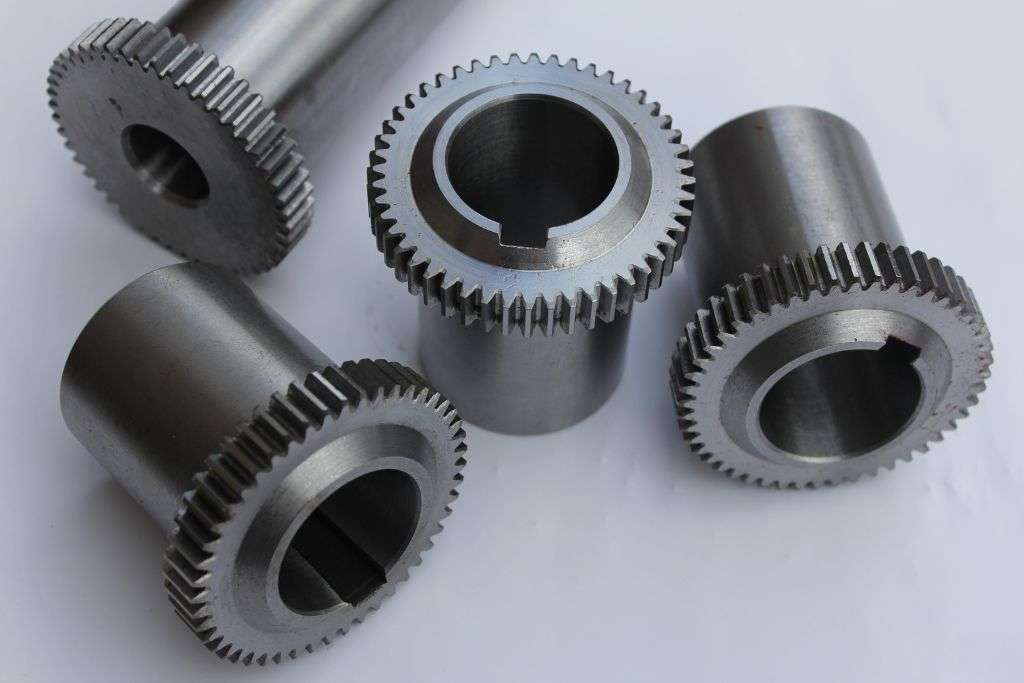
Aug 11,2023
CNC machining has revolutionized the manufacturing industry by providing precise and efficient production methods. CNC turning, in particular, plays a crucial role in creating high-quality parts with intricate designs.
Whether you are looking to buy CNC turning parts or you want to optimize your own designs, understanding the key design considerations is essential. In this article, we will explore five important factors to consider when designing CNC-turned parts. From precision to customization, let's dive into the world of CNC machining!
When it comes to CNC turning, precision is paramount. The following considerations will help you ensure flawless accuracy in your turned parts:
Tolerances refer to the allowable variation in dimensions for a part. To achieve precision CNC turning parts, it is crucial to have a clear understanding of the required tolerances. Consider the following aspects:
Consult with your CNC machining provider to understand their capabilities and recommended tolerances.
Optimize your design to ensure it falls within the specified tolerances.
The choice of material can significantly impact the precision of CNC-turned parts. Consider the following factors:
Choose materials with suitable machinability, such as brass or aluminum, for smoother turning operations.
Evaluate the thermal properties of the material to ensure dimensional stability during machining.
Consider the potential for material deformation and select materials accordingly.
The beauty of CNC turning lies in its ability to create custom parts tailored to specific requirements. Here are some considerations to keep in mind when designing custom CNC turning parts:
To achieve the desired custom CNC turning parts, clear design specifications are essential. Consider the following:
Provide detailed drawings or 3D models of the part, including dimensions, features, and any specific requirements.
Communicate critical design parameters such as surface finishes, threading, or special features.
Collaborate closely with your CNC machining provider to ensure a thorough understanding of your design intent.
Selecting the appropriate cutting tools is crucial for achieving accurate and efficient CNC turning. Consider the following factors:
Consider the tool geometry, including rake angle and clearance, to optimize chip formation and prevent tool wear.
Consult with your CNC machining provider for tooling recommendations based on your design specifications.
Efficiency and functionality are key factors to consider when designing CNC-turned parts. Here are some considerations to ensure optimal performance:
Complex part geometries can hinder the efficiency and functionality of CNC turning. Consider the following:
Simplify part designs by minimizing unnecessary features or tight tolerances.
Reduce sharp corners and edges to improve tool accessibility and prevent tool breakage.
Optimize part orientation to minimize tool changes and maximize machining efficiency.
Surface finishes play a vital role in both the aesthetic appeal and functionality of CNC-turned parts. Consider the following:
Specify the desired surface finish requirements based on the part's purpose and appearance.
Communicate surface finish expectations to your CNC machining provider for optimal results.
Evaluate the impact of surface finishes on the part's functionality, such as friction or corrosion resistance.
Stability and durability are crucial for CNC-turned parts, ensuring long-lasting performance. Consider the following design considerations:
Achieving rigidity and stability in turning parts is essential to minimize vibrations and ensure dimensional accuracy. Consider the following:
Optimize part designs to minimize overhangs and unsupported features that can cause deflection.
Use appropriate fixturing techniques to secure the workpiece during machining.
Evaluate the impact of cutting forces on part stability and adjust design parameters accordingly.
Selecting materials with suitable strength and durability is vital for turning parts. Consider the following factors:
Assess the mechanical properties required for the part's intended use, such as strength, hardness, or wear resistance.
Consider the potential for material fatigue or deformation under operating conditions.
Collaborate with material suppliers to ensure the selection of materials that meet your performance requirements.
Collaboration between designers and CNC machining providers is crucial for successful outcomes. Consider the following aspects:
Clear and effective communication is key to ensuring that design intent is translated into high-quality CNC-turned parts. Consider the following:
Provide comprehensive design documentation, including drawings, models, and specifications.
Engage in regular communication with your CNC machining provider to address any questions or concerns.
Foster a collaborative relationship to leverage their expertise and optimize your design for CNC turning.
Prototyping and iterative design processes can help refine your CNC-turned parts for optimal performance. Consider the following:
Request prototypes to test the functionality and fit of the design before proceeding with full-scale production.
Collect feedback from prototype testing and iterate the design as necessary.
Collaborate closely with your CNC machining provider throughout the prototyping and refinement stages.
Designing CNC turned parts requires careful consideration of precision, customization, efficiency, stability, and collaboration with CNC machining providers. By understanding and implementing the five important design considerations discussed in this article, you can optimize your CNC turning designs and achieve high-quality, functional, and durable parts. Whether you are buying CNC turning parts or creating custom designs, these considerations will help you navigate the world of CNC machining with confidence.
A1. Yes, CNC turning can achieve tight tolerances. It is important to understand the capabilities of your CNC machining provider and optimize your design accordingly.
A2. Materials such as brass, aluminum, steel, and various alloys are commonly used for CNC turning. The choice depends on the specific requirements of the part.
A3. Clearly communicate your surface finish requirements to your CNC machining provider. Provide reference samples or specifications to ensure the desired outcome.